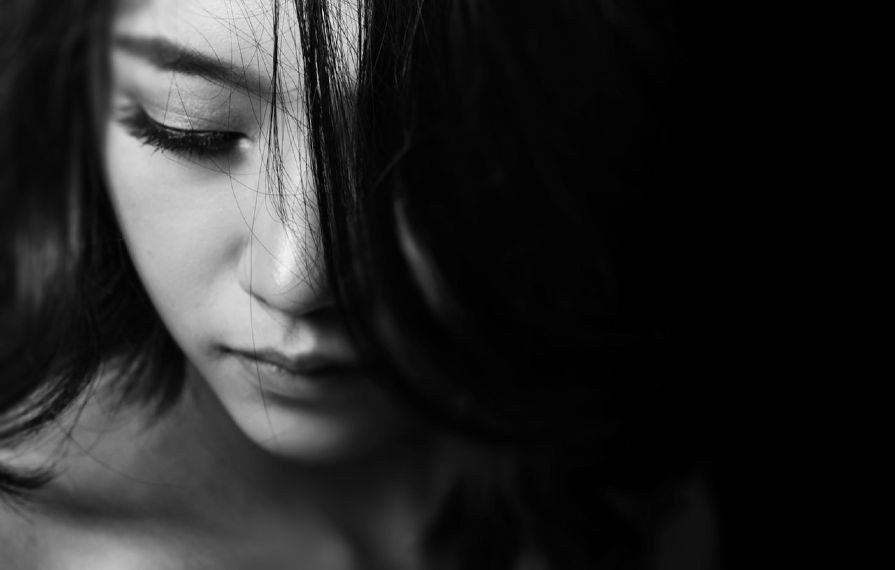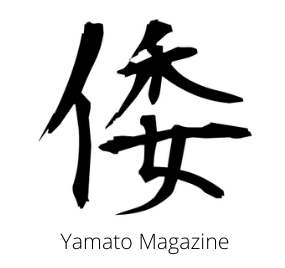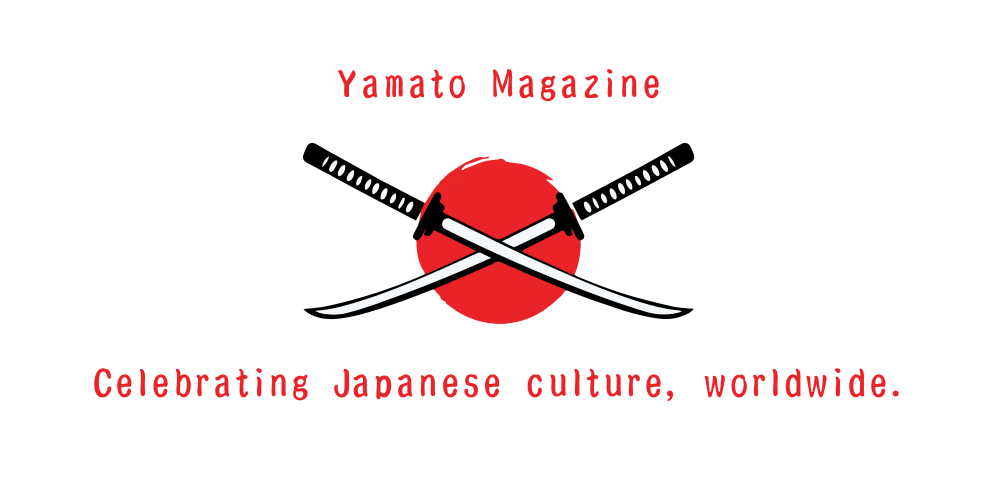
From the outside, Japan feels like a place of healthy living and forward thinking policies. The esoteric, romanticised ideals of wabi-sabi and ikigai pervade Western interpretations of good mental health practices. With that in mind, the actress Yuko Takeuchi should’ve been living a charmed life. She’d won several awards for her acting talents and celebrated the birth of her second son in 2020.
But on the 27th September 2020, Takeuchi was found dead in her home. She’d hanged herself. This tragic incident isn’t isolated. Other Japanese celebrities like the wrestler Hana Kimura took her own life in the same year. She was 22. Then there’s the actor Haruma Miura who killed himself at the age of 30.
Japan’s relationship with suicide is a complex subject. It needs to be talked about and addressed so perspectives change and more is done to make suicide prevention stronger in the country.
This article explores the reasons behind suicide in Japan and initiatives that are trying to make a difference.
What is the perspective of suicide in Japan?
According to Statistica, the number of suicides in Japan was 22,000 people per year as of 2022. Across a ten year period, there was a downward trend of that number dropping and then rising back up in 2020 because of the COVID pandemic. But a pandemic is one of countless factors entangled in the suicide epidemic of Japan.
Historically, suicide has been deemed as a morally responsible action by the Japanese, linked to the idea of seppuku. This is the ritual form of suicide that the samurai used as a way of preserving their honour. They disembowelled themselves with a sword, an experience that has unfortunately been mythologised as romantic, especially to Western audiences.
An early example of this came from the author AB Mitford in 1871 with his book Tales of Old Japan. He recorded his eyewitness account of a samurai committing seppuku, describing the act as followed: “deliberately, with a steady hand, he took the dirk that lay before him; he looked at it wistfully, almost affectionately; for a moment he seemed to collect his thoughts for the last time.” Mitford transformed the painful, violent act of cutting open one’s stomach into a symbol of valour and self-sacrifice.
The link between honour, duty and suicide may also be explained by two other Japanese concepts. The first is amae, a need to depend on the acceptance of others and conform the group. The second is gaman, the expectation of mental toughness and hiding feelings for the sake of responsibility.
Both social constructs bleed into everyday Japanese living, particularly with work. The stress and long hours of Japanese working life is well-documented and in some cases it’s led to karoshi (overwork death). Heart attacks, strokes and spontaenous suicide are all symptoms of unhealthy working cultures.
The troubling idea of shinju (suicide pacts) is another concern. Originally referring to a suicide pact between lovers, the terms has come to encompass murder suicides or group suicides. The latter involves strangers meeting up over the internet and agreeing to die together in a specified place.
When comparing these different types of suicide, Japanese media reacts differently. Group suicides aren’t given the same level of tolerance or understanding because of the notion that there hasn’t been any ‘thought’ or ‘reason’ behind the deaths. But with honour suicides, a specific purpose has been achieved – to preserve honour and tradition.
Naturally, some have fired back against this damaging belief. An example is the internet group Ozawa-de Silva, who’ve said group deaths are “characterised by severe existential suffering, a loss of the worth of living…and a profound loneliness and lack of connection with others.”
What’s being done about Japanese suicide?
Ozawa-de Silva isn’t the only organisation that’s fighting to change beliefs about suicide and creating safe spaces to talk about mental health in Japan. The Nippon Foundation Suicide Prevention Project was set up 2016, which aims to provide holistic countermeasures to prevent suicide among young Japanese and review implementation models. The project worked on revising laws so that it’s now a requirement for every prefecture, town and village to implement suicide countermeasure laws.
TELL Japan is a lifeline and counselling service that has been providing suicide prevention care since 1973. The not-for-profit regularly runs workshops, events and groups for bringing more awareness and education to places all over Japan. There’s also the Centre for Japanese Mental Health, which has focused on destigmatising conditions like anxiety and depression since 2014.
These kinds of initiatives are helping to make a difference. But there’s always more work that needs to be done. More conversations to be had from both a Western and Japanese perspective on suicide. Individuals can share their stories, inspiring others to talk openly themselves.
And even by doing this, nothing will change over night. The traditions of a culture are deep rooted. The only way new traditions are made is by growing new roots and watering them with continued advocacy, collaboration and breaking stigmas.
Explore Japanese mental health in Japanese Fighting Heroes

Mental health and Japanese culture are two subjects I speak about a lot. And in my upcoming book Japanese Fighting Heroes, I look at how mental health has been shaped in Japan through the centuries.
The book features the trials, tribulations and struggles of writers like Ryunosuke Akutagawa, who even with all his talents, wasn’t able to overcome his internal demons and killed himself at the age of 35.
Sig up to the waitlist and receive a free chapter of the book.

